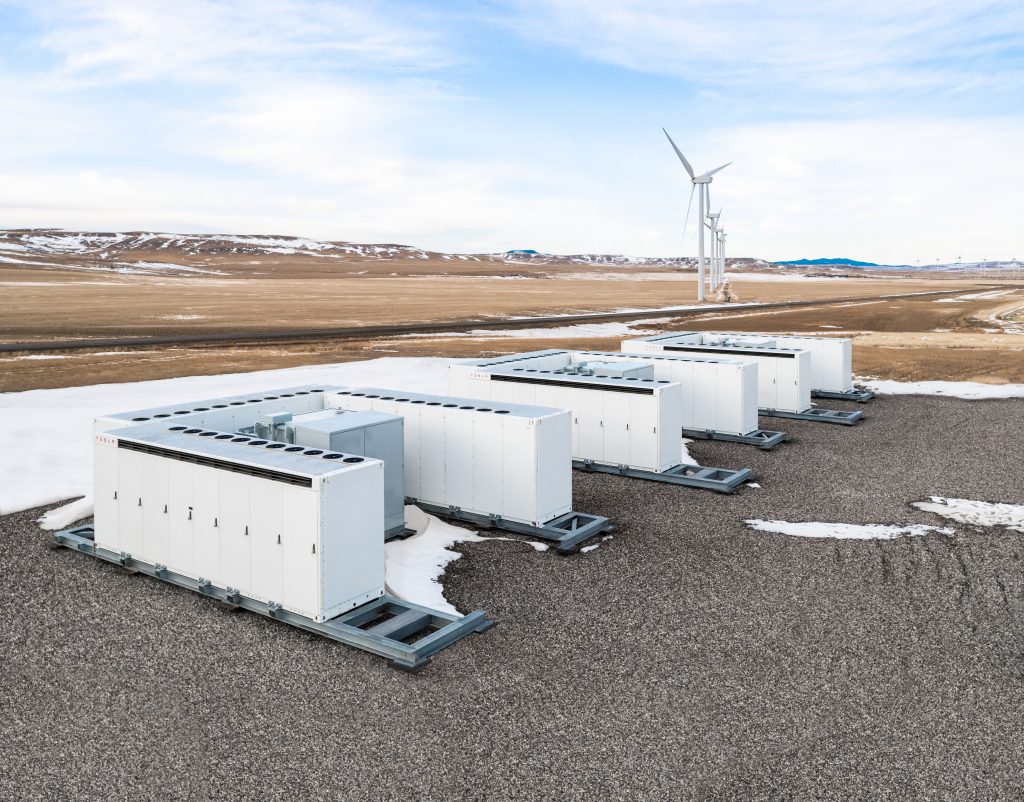Lofty climate goals will only get you so far
As published in the National Observer on May 10, 2021
In the Olympics, judges award gold medals based on achievement, not ambition. We should adopt the same approach in evaluating Canada’s newly revised target for reducing greenhouse gas (GHG) emissions — 40 to 45 per cent below 2005 levels by 2030.
Some critics were quick to note that the United States and the European Union have announced even more aggressive targets. But on their own, lofty goals only go so far in addressing climate change. What matters is whether Canada is on track to cross the finish line. What specific steps are we taking? What will they cost? How will they impact Canadians’ lives?
Any Olympic athlete will tell you that success requires a lot of hard work and personal sacrifice. Likewise, transforming Canada’s energy system will be a challenge for all of us. It will affect everything we do and everything around us: our homes, offices and vehicles, how we travel locally and beyond, and the kinds of jobs that will be available in the future. Governments have a responsibility to educate Canadians about the costs and implications of the transformation. Transparency is key to ensuring ongoing public support.
Elected officials naturally want to frame climate action as an economic opportunity: We can have our cake and eat it, too. And so we can, but only if the policies we embrace serve a dual purpose — that of bringing down emissions while driving sustainable economic growth. Why? Because a strong economy will make possible the massive public- and private-sector investments that will be needed to transform Canada’s energy system.
The recent federal budget and the 2030 climate plan the government presented last December contain some, but not all, of the essential elements of a comprehensive approach. What’s missing is an overarching strategy that would position Canada for success and chart a course toward the government’s longer-term goal of net-zero emissions by 2050.
Equally important is a strong partnership between governments and the private sector. Many of Canada’s leading companies have made significant commitments to reduce emissions and invest in climate solutions. But real change takes time, so business needs a coherent and predictable policy framework that outlives election cycles.
The federal government provided one measure of that by coming forward with a schedule to increase the price of carbon in stages through to 2030. Understanding how prices will rise year by year allows all of us — individuals, families and businesses of all sizes — to make informed decisions about the way we wish to spend, invest and consume.

A rising carbon price, however, will only get us so far. The federal government must do more to incentivize research in areas such as advanced energy technologies, remove policy barriers to low-carbon innovation and streamline the approval process for major emissions-reduction projects.
Support for Canada’s energy and resource sectors in particular is critical. They produce many of the materials and minerals the world will need to achieve a low-carbon future. They have the scale, the people and the technological capability to achieve great progress.
In terms of GHG emissions, Canada’s leading energy and resource companies already are among the cleanest and most-efficient producers globally. Far from seeking to divest from these industries or diminish their role, those who support climate action should be working to strengthen their ability to grow and invest in climate solutions. The federal budget takes the first steps toward lowering the risks associated with transformative GHG-reduction projects, but much more will be needed over the next three decades to reach our ambitious goals.
Similar policy support is needed to build on Canada’s existing strengths in a range of low-emissions technologies. These include hydrogen, low-carbon fuels, nuclear power and the critical minerals — such as copper, lithium and cobalt — that are essential to battery technology and increased production of clean electricity.
There is an urgency to getting this right. Canada will face increasing competition in the global economy as the pandemic recedes and the world prepares for a lower-carbon future. Other nations are seizing the initiative and building their own strategies to achieve economic and environmental advantage. We need governments, the private sector and Canadian citizens all rowing in the same direction, with the same sense of purpose. It’s the only way to win.









